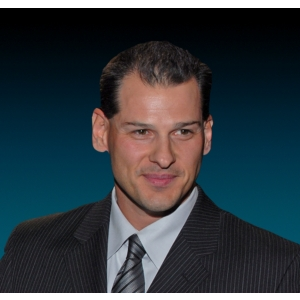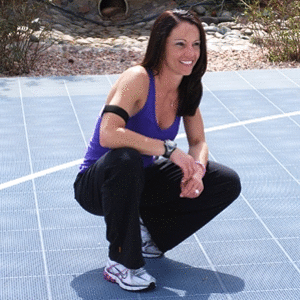Muscle and fat are two very different body tissues, so one doesn’t turn into the other. However, we do tend to lose muscle mass and gain fat as we age. This is in large part due to the decline in physical activity that comes with age. As we get older, we often participate less in athletics and recreational activities and spend more time sitting at work, during our commute, or on the couch. Remember, if you don’t use it, you lose it! This coupled with high calorie foods that are readily available, leads to the common weight gain associated with age. The best way to reverse this is to sensibly increase your physical activity and reduce your calorie intake.
Muscle and fat are two different substances. One will never turn into the other. As we age we typically become less active. This can be for a variety of reasons from decreased balance and vision problems to hip and knee arthritis issues. The decrease in movement will cause your body to break down muscle tissue. If you don't use your muscle tissue, it will atrophy and you will lose it. As muscle begins to break down, your metabolism will also start to decrease. If you do not decrease the amount of calories you are consuming, then you will start to store the excess calories as fat. It is important to stay as active as possible. If balance and joint pain are the issue, work with a certified personal trainer on ways to combat these challenges. Research has proven that aging does not mean that your muscles stop working or that you have to get fat. Resistance training is great way to help slow down the reduction of muscle tissue and possibly even increase muscle mass.
Continue Learning about Fitness
Important: This content reflects information from various individuals and organizations and may offer alternative or opposing points of view. It should not be used for medical advice, diagnosis or treatment. As always, you should consult with your healthcare provider about your specific health needs.






